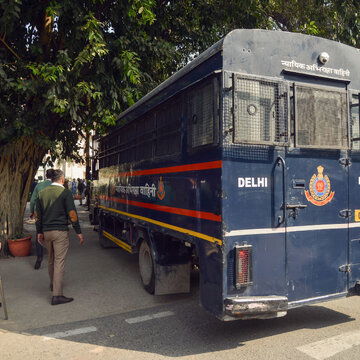Air quality across Delhi-NCR continued to show no signs of recovery on November 18, with pollution levels staying much above the safe limits. At 7 AM, AQI touched 446 on aqi. in, a level often equated to inhaling the smoke of nearly 10 cigarettes a day.
However, as per a report by the Indian Express, the Early Warning System (EWS) under the Ministry of Earth Sciences recorded an AQI of 341 at around the same time. Differences among monitoring bodies arise due to varying measurement parameters and the number and placement of monitoring stations.
Also Read | Delhi’s hybrid schooling amid smog exposes digital divide for students and teachers
Capital's worst-hit pockets
Several parts of Delhi continued to reel under “severe” air quality. As per EWS data, Bawana topped the list with an AQI of 419, followed by Jahangirpuri at 414. Other highly polluted zones included:
Wazirpur – 410
Vivek Vihar – 396
Narela – 387
Rohini – 384
Anand Vihar – 382
Nehru Nagar – 381
Ashok Vihar – 381
According to the report by the Indian Express, opposition leaders in Delhi, meanwhile, accused the government of trying to hide the actual AQI levels by sprinkling water only at monitoring stations. Such accusations have increased the political sparring between them.
NCR cities also choke
Surrounding NCR areas were no better. As per the report, at 7 am, Gurgaon recorded an AQI of 411, while Faridabad and Meerut recorded a more alarming 443 each, placing them squarely in the “severe” category.
Also Read | Delhi’s AQI breaches 400 as dense smog grips capital, temperature drops to 9°C
What should residents do?
As the India Meteorological Department did not predict any rain, no respite is expected in the coming hours. The residents are advised to restrict outdoor exposure and wear a proper N95 mask while going out, the Indian Express reported.
The report also suggests Indoor exercise until air quality improves. People who have air purifiers installed in their homes or cars should run those during pollution peak hours and clean HEPA filters regularly. Consequently, allergies also tend to spike during winter and high-AQI days, hence the need for clean surroundings and regular filter maintenance.










